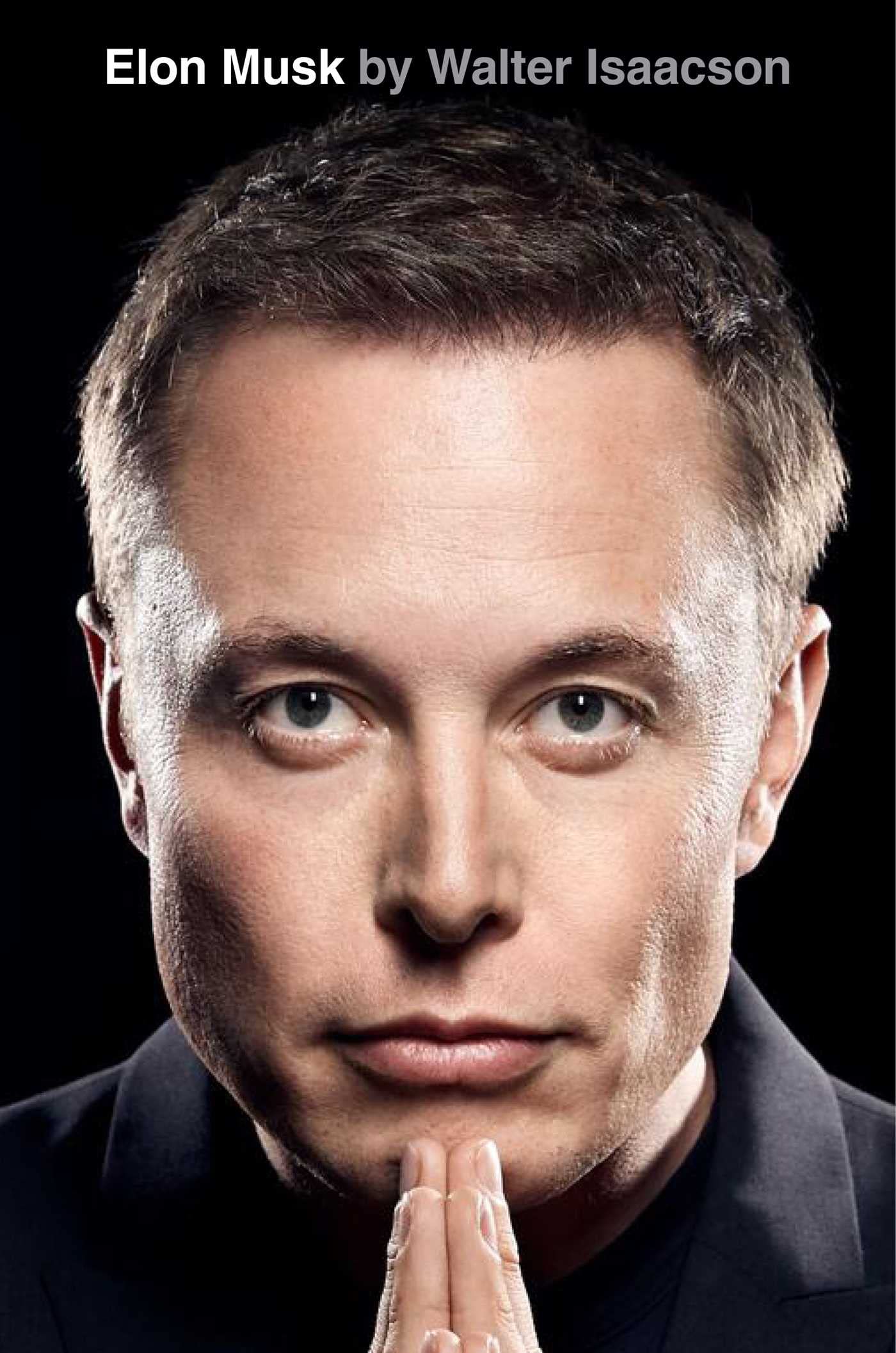28. Strike Three
byStrike Three was a defining moment for SpaceX, marking yet another high-stakes launch on the remote Kwajalein Atoll in August 2008. With two previous Falcon 1 launches ending in failure, this third attempt was widely regarded as the company’s last chance to prove itself. Elon Musk, having already invested nearly all of his fortune into the venture, had warned his team that they could not afford another failure. Unlike the earlier launches, this mission carried a particularly meaningful payload—an Air Force satellite weighing 180 pounds, two smaller NASA satellites, and a symbolic tribute: the cremated remains of James Doohan, famous for playing Scotty on Star Trek.
As the countdown concluded and the Falcon 1 soared into the sky, an air of cautious optimism filled SpaceX’s control center in Los Angeles. Engineers and executives, including Musk himself, watched anxiously as the first stage successfully burned and separated, an achievement that briefly ignited celebrations among the team. The launch seemed to be unfolding flawlessly, with the booster performing as expected and the second stage detaching as planned. However, just moments later, hope turned to devastation as the booster unexpectedly collided with the second stage, sending the rocket off course and rendering the mission unsuccessful. The cause was soon identified—a flaw in the newly designed cooling system of the Merlin engine, which functioned well at sea level but unexpectedly malfunctioned in the vacuum of space, creating a burst of thrust that led to the collision.
The third consecutive failure was a catastrophic blow, and SpaceX’s future now hung by a thread. Musk, already facing financial turmoil at Tesla, found himself at the edge of personal and professional collapse. Despite the immense disappointment and the grim financial reality, Musk refused to allow despair to consume him. Rather than placing blame on his team, he took responsibility and channeled his frustration into immediate action. The very next day, he held a conference call with his core engineers, informing them that parts for a fourth Falcon 1 rocket were already assembled in Los Angeles and instructing them to prepare for another attempt. His unwavering resolve in the face of repeated failure served as a rallying cry for SpaceX employees, many of whom had begun to question whether the company could survive.
While some industry analysts saw the third failure as an indicator that SpaceX was doomed, Musk viewed it differently. He recognized that every setback brought them closer to success, provided they learned from their mistakes. He emphasized that iteration and persistence were the only paths forward, refusing to consider giving up despite the immense personal and financial strain. At this point, Musk was so financially stretched that he had to borrow money from friends to afford basic living expenses, yet his belief in the mission never wavered. He remained convinced that reusable rockets were the future of space travel and that SpaceX, despite its struggles, was the company destined to lead that transformation.
Back at Kwajalein, the SpaceX team scrambled to implement crucial modifications based on lessons learned from the failed launch. The cooling system of the Merlin engine was redesigned to prevent the excess thrust issue that had doomed the previous attempt. At the same time, Musk worked behind the scenes to secure more funding, knowing that another failure could mean the end of SpaceX. His sheer force of will and determination to push forward, even when all odds were stacked against him, became a defining moment in the company’s history.
What happened next would not only change the trajectory of SpaceX but also reshape the entire space industry. With just one final shot left, Musk and his team prepared for what would become the most critical launch in the company’s young history. The fourth launch, built on the foundations of resilience and lessons from past failures, would determine whether SpaceX could achieve orbit or fade into history as yet another failed aerospace startup.


